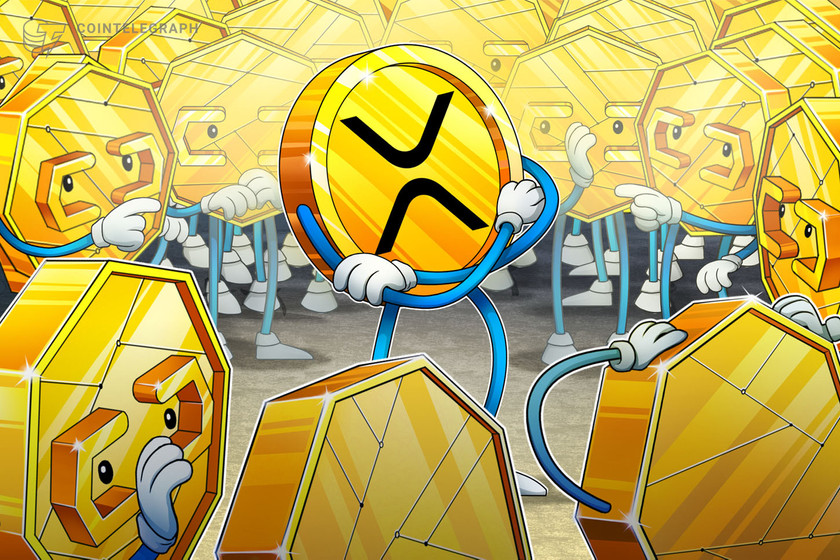Celestia Foundation raises $55M for modular blockchain architecture


The company claims that the technology will solve the challenges inherent when deploying and scaling blockchains.
Celestia Foundation announced on Oct. 18 that it had raised $55 million in a funding round led by Bain Capital Crypto, Polychain Capital, Placeholder, Galaxy, Delphi Digital, Blockchain Capital, NFX, Protocol Labs, Figment, Maven 11, Spartan Group, FTX Ventures and Jump Crypto, as well as angel investors Balaji Srinivasan, Eric Wall and Jutta Steiner.
Celestia is building a modular blockchain architecture with the hope of solving challenges inherent when deploying and scaling blockchains. The company suggested that it intends to build infrastructure that will make it easy for anyone with the technical know-how to deploy their own blockchain at minimal expense.
The company indicated that its modular blockchain architecture will focus on improving scalability, shared security and sovereignty issues, making it easier for developers to freely choose their own execution environments, such as EVM, Solana VM and more. In addition, it claimed that its specialized chains are less constrained and break the rigidity of monolithic chains into flexible components, promising greater scale, security, and decentralization.
Mustafa Al-Bassam, co-founder of Celestia, said:
“Web3 cannot scale within the constraints of a monolithic framework. We envision a blockchain ecosystem with modular data availability layers and execution environments that all integrate together. We believe modular blockchains are the next generation of scalable blockchain architectures.”
Projects within Celestia’s current ecosystem include Eclipse, Constellation, dYmension and 26 projects from Celestia’s fellowship — a program that supports and mentors modular builders.
In May, Celestia launched its testnet, Mamaki, with an upgrade scheduled for late October 2022.
Related: M31 Capital launches $100M in Web3 investment fund with $50M in commitments
Despite the ongoing crypto winter, venture capitalists appear to have an insatiable appetite for the Web3 industry. According to Cointelegraph Research, venture firms invested $14.67 billion into the sector in the second quarter of 2022, effectively matching first-quarter commitments.




















